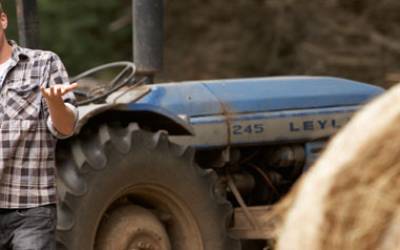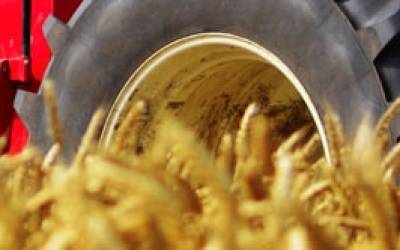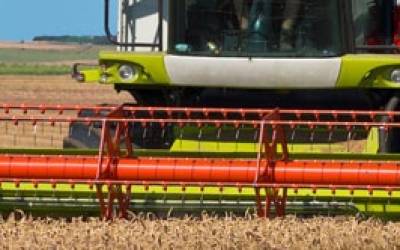Call 1800 641 743 for a free first interview. Ask about our No Win No Fee OR Expenses* fee policy.
Published: 18 August 2017
Author:
Stringer Clark WorkCover Law team
Making farm safety a priority in lead up to peak season
In an effort to prevent injuries and fatalities in agriculture, a team of WorkSafe inspectors will visit farms in north west Victoria region of Robinvale region this September.
This initiative is designed to promote the importance of workplace safety before the busy spring season commences. Robinvale has been targeted given the large number of farms in the area. It’s part of a workplace safety program called ‘Safe Towns’ aimed at improving safety outcomes in Victoria's workplaces.
The program involves a concentrated workplace inspection blitz by WorkSafe inspectors at targeted locations throughout the year. Now in its tenth year, the Safe Towns program runs approximately three times per year at different locations across the state.
During the workplace visits, inspectors will host workshops and provide practical and constructive advice about how to comply with Victoria's occupational health and safety laws, and advise how to fix any safety breaches they come across.
According to WorkSafe, during the week of 18 September, around 100 inspections will be carried out on farms and other businesses in Robinvale. Local employers are notified and invited to attend an information session to prepare for a visit from an inspector. This gives employers time to carry out safety checks and fix potential problems before inspectors arrive. The WorkSafe team will also visit Cobram from 20-24 November.
Agriculture industry injury and fatality stats higher than other industries
Sadly, this program is due to some startling statistics whereby 50 per cent of workplace fatalities in Victoria so far this year have been on farms.
Meanwhile, the statistics from Safe Work Australia share a similar story.
- In the 13 years from 2003 to 2015, 3,207 workers lost their lives in work-related incidents.
- In 2015, there were 195 worker fatalities, equating to a fatality rate of 1.6 fatalities per 100,000 workers—the lowest rate since the series began in 2003 (Figure 1).
- In 2015, almost half (47%) of worker fatalities occurred within the Transport, postal and warehousing and Agriculture, forestry and fishing industry (Figure 2).
- From 2003 to 2015, 65% of worker fatalities involved vehicles, of which over 40% were due to a vehicle collision on a public road (Table 1).
Prevention is key
Meanwhile, the legal team at Stringer Clark welcome the initiative as we are witness to the physical, emotional and financial loss and trauma that comes with workplace injuries, particularly those on farms.
Nobody goes to work planning an accident, and nor do employees plan to put their employees in danger. However, the stark reality is that agriculture is one of the most dangerous industries to work in due to the combination of hazards. This includes heavy machinery, quad bikes, chemicals, noise, dust, sun exposure, working with animals as well as the fact many in the industry work alone or in remote locations.
We understand first-hand how difficult an injury can be on workers and their loved ones..
Meanwhile, we join WorkSafe in encouraging employers that prevention is key. For further information, go to https://www.worksafe.vic.gov.au/safe-towns or call Stringer Clark on 1800 641 743.
Categories Farm Safety, Regional Victoria, Work Safety, WorkCover
Call 1800 641 743 to be connected to your nearest office, find an office near you on our office locations map, or email us using the form below and we will contact you on the same or next business day.
* Required Field


